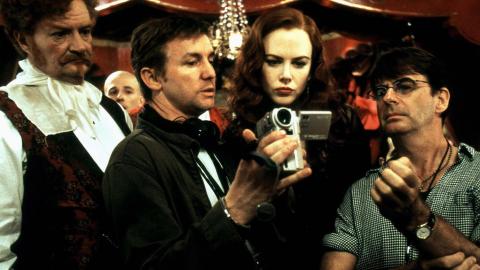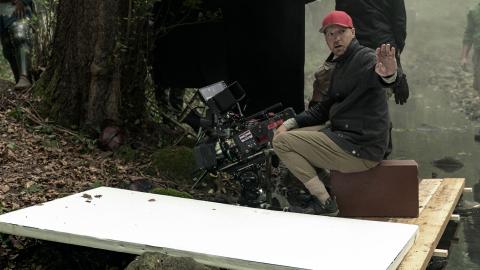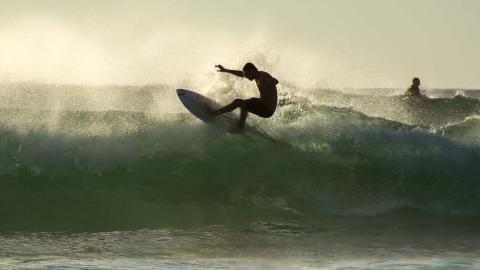

Bill Heffernan, underwater pioneer

I recently worked on the film collection of Bill Heffernan, a pioneer of underwater cinematography in Australia and a founding member of the Underwater Spear Fishermen’s Association at Long Reef, New South Wales.
Bill’s films, along with associated objects from his diving days, were donated to the NFSA by his son Kerry Heffernan.
Bill‘s keen interest in diving, spearfishing and underwater filming came about long before the sports were well known, leading him to design and build his own equipment. The images in this blog show his homemade diving masks, speargun handle and camera housing. He made his own spear guns, perfecting their shape and shooting range. When the sport began to grow, Bill manufactured the Heffernan range of spearfishing products, with the long gun being a great contribution to his beloved sport.
Underwater cinematography was pioneered by British-born brothers J Ernest and George Williamson. Their first underwater motion pictures were shot in 1914, and the following year they created a movie version of 20,000 Leagues Under the Sea, which became a box-office hit.
Like the Williamsons 40 years before him, Bill developed his own technology and created a 35mm underwater camera housing. In 1958 he fitted it with a cinemascope lens. Using this equipment he became the first man to photograph a humpback whale and her calf in the wild.
Bill also created a full-length film, A Boy and the Sea, which included underwater footage. Unfortunately this film was never released due to government taxes escalating the costs of manufacture to beyond affordable. More misfortune was to come when the film reels, housed with a film company, were found years later to have been stored incorrectly with much of the film deteriorated beyond repair.
The films donated to the NFSA by Bill’s son Kerry were examined and separated into what was salvageable and what was not. The films included 8mm, 16mm and 35mm home movies, including footage from The Lure of Yellow Rock and A Boy and the Sea. All the films that are in a workable condition will be copied for preservation purposes.
Bill Heffernan's spear gun
Bill Heffernan's mask - exterior
Bill Heffernan's mask - interior
Bill Heffernan's light meter
The National Film and Sound Archive of Australia acknowledges Australia’s Aboriginal and Torres Strait Islander peoples as the Traditional Custodians of the land on which we work and live and gives respect to their Elders both past and present.


